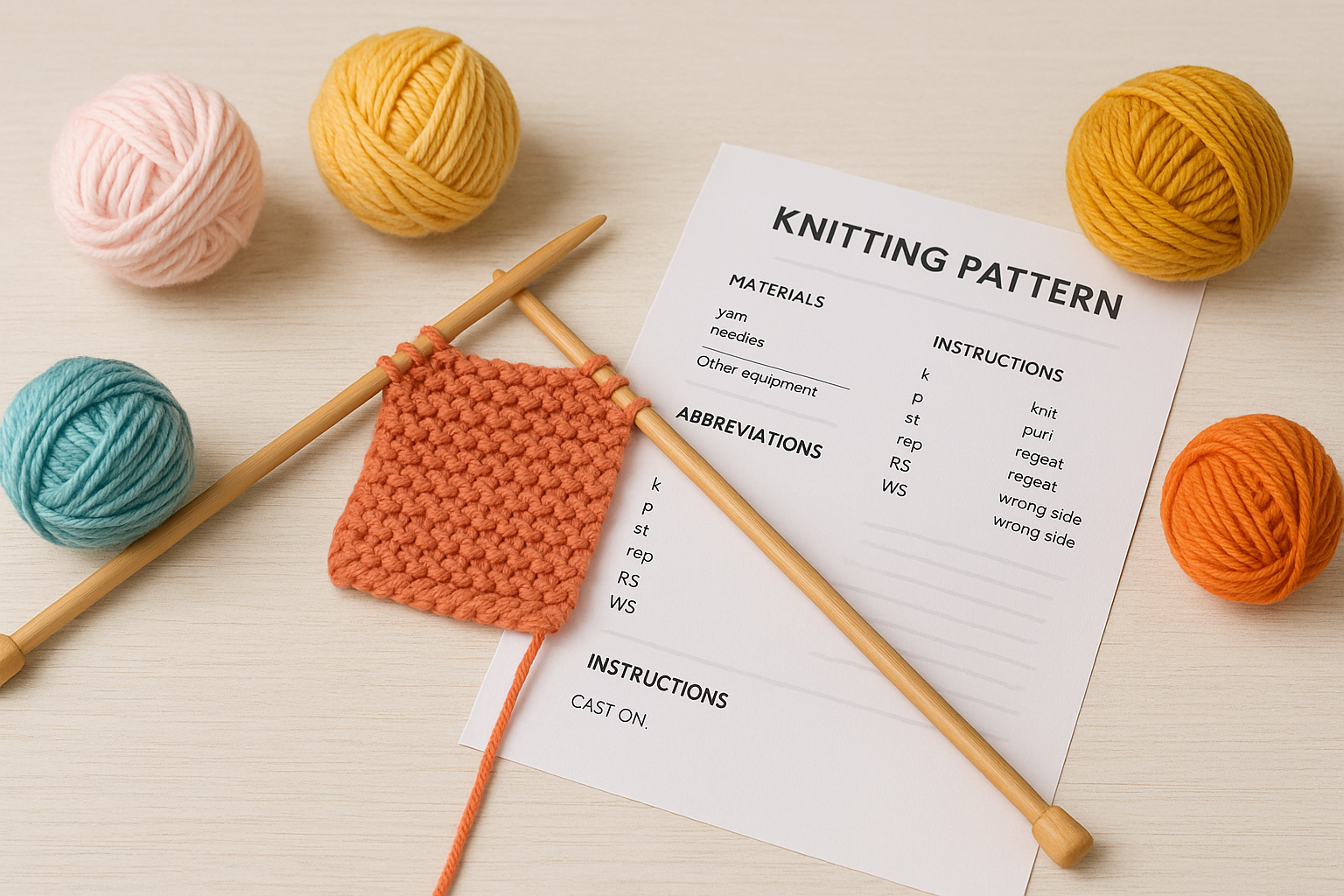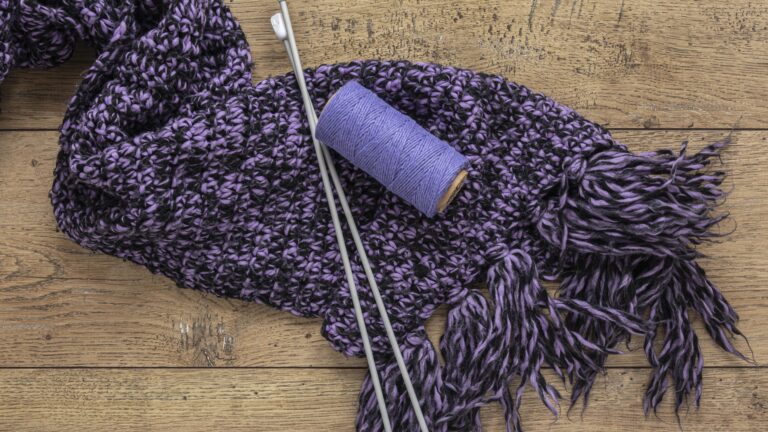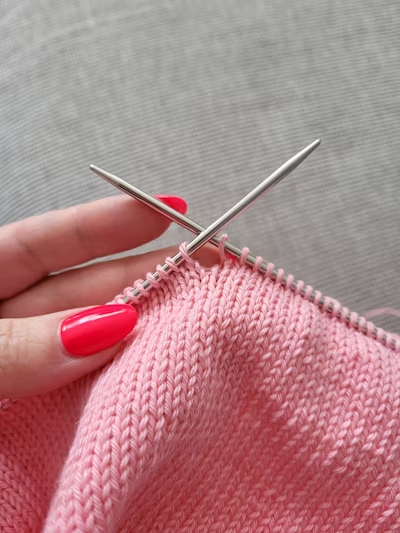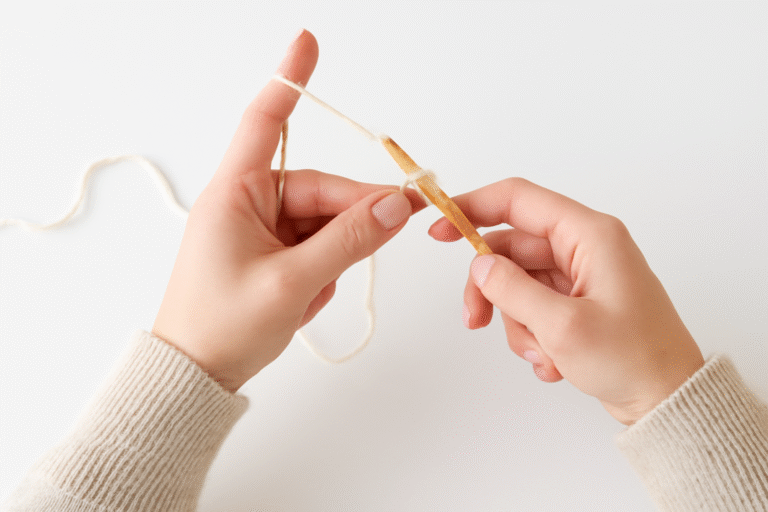How to Read Knitting Patterns? Beginners Guide
Knitting is an excellent craft that allows the creation of beautiful, wearable art with just yarn and needles. However, the world of knitting patterns initially appears to be a secret language. This guide is designed to provide knitting instructions and help the knitter confidently embark on their next project.
We’ll understand exactly what each stitch and symbol means by breaking down the components and learning to interpret the shorthand, unlocking a wealth of creative possibilities. Read knitting patterns transforms potential frustration into a smooth and enjoyable crafting experience, enabling users to tackle any design, from simple scarves to intricate sweaters, with ease and precision.
Also Read: How to Add Stitches When Knitting?
What Is a Knitting Pattern?
A knitting pattern is a set of written or charted instructions that guide a knitter through the process of creating a specific item. It outlines everything from the type of yarn and needles needed to the precise sequence of stitches required to form the fabric and shape the finished object.
Essentially, it is the blueprint that ensures the finished project matches the designer’s intention. The pattern provides a clear roadmap, dividing the project into easy-to-follow steps and ensuring uniform results for any knitter.
Why Learning to Read Knitting Patterns Matters
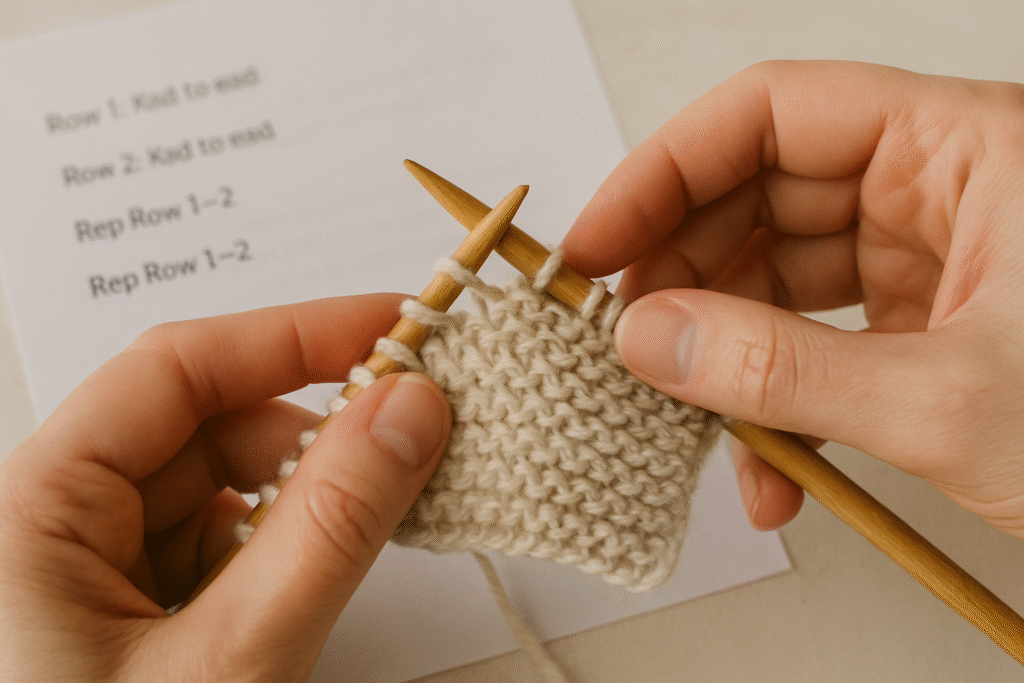
Starting to knit can seem overwhelming due to the numerous abbreviations and numbers used in patterns. However, learning how to read these instructions is crucial for maximizing the knitting experience. Understanding how to decipher these instructions is the basic key to unlocking the full potential of the knitting journey.
It moves beyond simply following visual cues or basic stitches to truly comprehending the structure and design intent of any knitted piece, empowering the creator to create precisely what they envision. Beyond simply following along, truly reading a knitting pattern allows for adaptation and customization.
Once you grasp the underlying logic, you can adjust sizes, modify stitch patterns, or even combine elements from different designs to personalize your creations. This deeper understanding transforms you from a follower of instructions into a confident creator, capable of troubleshooting, experimenting, and bringing unique textile visions to life.
How to Read Knitting Patterns?
Essential Components of a Knitting Pattern
Every well-written knitting pattern contains several key sections that provide all the necessary information before even casting on the first stitch. These sections work together to provide a comprehensive overview of the project, enabling you to gather the required materials and understand the overall scope of the work ahead. Taking a moment to familiarize yourself with each part can save time and prevent surprises down the line.
Typically, you’ll find details about the finished measurements, which suggest appropriate sizes for various body types or uses. Crucially, the pattern will also specify the required yarn weight and quantity, as well as recommended needle sizes. However, these can be adjusted based on your tension. Ignoring these preliminary details can lead to a project that does not fit or does not have the desired drape, making them vital for a successful outcome.
Pattern Information: Skills, Materials, Size, Yarn, Needles, Gauge, Abbreviations
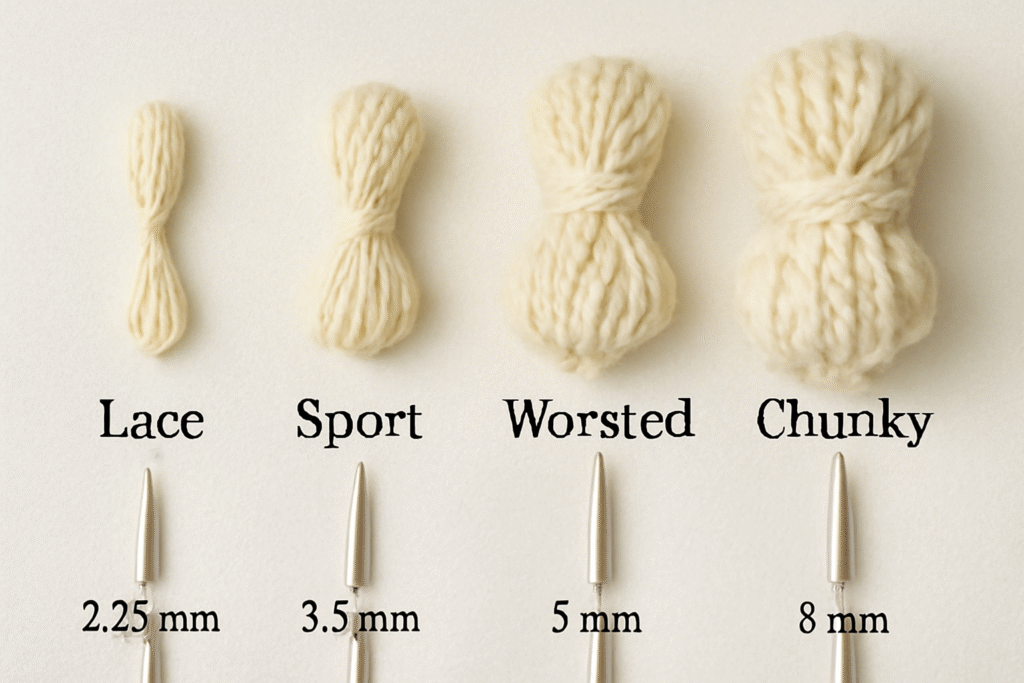
Before picking up needles, a good pattern will lay out what you need to know, from the skills it assumes to the tools and measurements involved. This introductory section serves as the roadmap, helping you prepare for the project and ensuring that everything is in place before you start. It’s like checking the ingredients and equipment before you start baking.
You’ll find a list of essential techniques, such as casting on (CO) or binding off (BO), along with a glossary of terms for clarity. Crucially, the gauge is detailed here, which measures the number of stitches and rows that fit into a specific area of the knitting. Matching the pattern’s gauge is crucial for achieving the intended size and fabric consistency, as knitting tension varies significantly from person to person.
Understanding Knitting Pattern Abbreviations and Terms
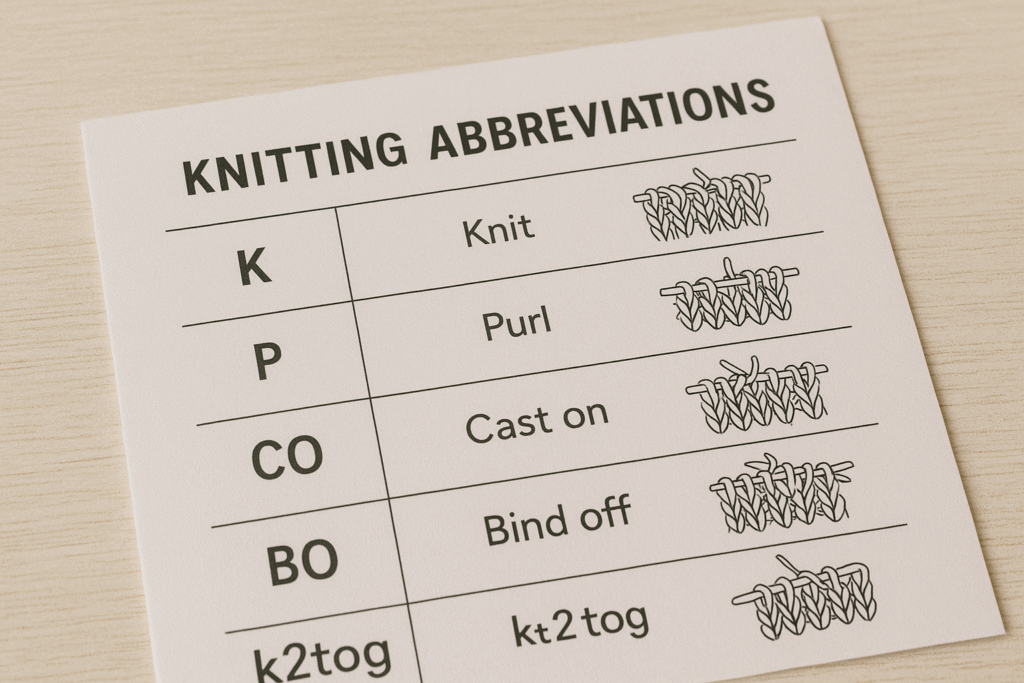
Knitting patterns use a condensed language of abbreviations to streamline instructions and make them easier to follow. Instead of writing out “knit two stitches together,” it’s often abbreviated as “k2tog.” Familiarizing yourself with these common shorthands is fundamental to reading any pattern efficiently and accurately, as they are the building blocks of the instructions.
Many patterns include a legend or glossary, especially for less common terms or unique stitches. While some abbreviations are widely accepted, a designer may use a variation; therefore, always consult the specific pattern’s key first. Understanding these terms ensures that each stitch is executed correctly, preventing errors and leading to a beautifully finished piece.
How to Read Knitting Instructions
It’s best to read the whole pattern once before beginning. It helps you identify any unfamiliar terms or steps that may require practice. Pay special attention to the instructions within brackets, parentheses, or asterisks, which often indicate stitch repeats or sections to be repeated a certain number of times.
Each row or round in a pattern is usually written in sequence. For example, “Row 1: K2, P2 repeat to end” means to repeat the K2, P2 sequence across the row.
Carefully tracking the rows and using stitch markers can help you stay on track, especially for complex patterns with multiple repeat sections.
Reading Knitting Charts and Symbols
Knitting charts are visual guides for knitting patterns, where each square on the grid represents a single stitch. Symbols within these squares dictate the specific action that needs to be performed for that stitch, such as knitting, purling, or decreasing. Charts are convenient for lace or colorwork projects and are read from bottom to top.
When reading a flat-knit chart, odd-numbered rows (right side) are read from right to left, and even-numbered rows (wrong side) are read from left to right. In circular knitting, all rows are read from right to left. Many patterns include a chart key, which is essential for understanding the meaning of each symbol. Please don’t skip this part; it’s your roadmap to accurate results.
Tips for Beginners: Avoiding Common Mistakes
Starting your knitting journey can be incredibly rewarding, but it’s common to encounter a few bumps along the way. One of the most frequent challenges for new knitters is maintaining consistent tension, which can lead to a fabric that’s either too tight and stiff or too loose and floppy. Practicing with a simple swatch before beginning the main project can help you find a comfortable and even grip on yarn.
Another common pitfall is miscounting stitches or misinterpreting pattern instructions, leading to a project that doesn’t quite match the intended size or design. Regularly counting your stitches at the end of each row or section helps catch errors early on. Using stitch markers can be incredibly useful for delineating repeats or special sections, keeping you on track, and making the knitting experience smoother.
Frequently Asked Questions (FAQs)
Conclusion
With a solid grasp of how to read knitting patterns, you’re now well-equipped to approach any project with newfound confidence. This foundational knowledge empowers you to understand the designer’s intent, accurately follow instructions, and ultimately create beautiful, unique pieces. The initial hurdle of decoding abbreviations and symbols has been overcome, opening up a world of creative possibilities at your fingertips.
Remember that every stitch you make adds to your expertise, and even experienced knitters occasionally consult glossaries or re-read sections to refine their skills. Embrace the journey of learning, allowing your understanding of knitting patterns to evolve with each new challenge. Now, armed with this comprehensive guide, cast on your needles and begin transforming yarn into tangible expressions of creativity, stitch by confident stitch.
Also Read: How to Join in Round in Knitting?

